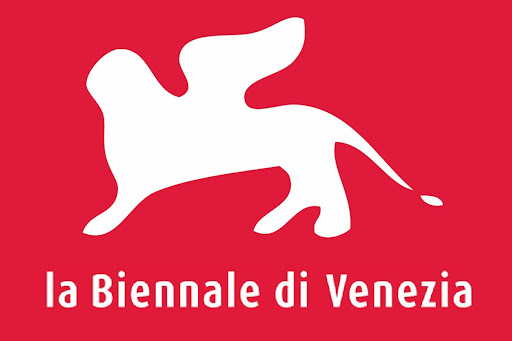Venice Biennale, 2021 Italian Pavilion - Star Stories, Conceiving the Plan Nuance and Intimacy in Civic Space
This project proposes an architectural nucleus for Indigenous culture and a National Council for Reconciliation in Winnipeg, Win-nipi, Treaty 1 territory. The selected site is a ceremonial place of governance, justice, education, and culture that intentionally omitted Indigenous culture, myth, philosophy and ritual. The new emancipatory humanitarian program is a place of reconciliation and healing, a place where structural systems are decolonized and treaties are honoured. This significant location influences and speaks to power, systems of justice, education, and art. The site is charged with addressing the thickness of history and the memory of what occurred. The fluctuating energies and motions of phenomena related to the stars, sun, and water form new relationships between celestial and terrestrial bodies as a new celestial image informs a new order.
Conceiving the Plan: Nuance and Intimacy in the Construction of Civic Space
In Honor of Diane Lewis (b. 1951 – d. May 2, 2017)
Editor: Yael Hameiri Sainsaux
Composed of a series of post-2020 civic architecture projects for different localities, alongside contributions by writers, historians and artists, Conceiving the Plan constructs a dialogue with the legacy of the late architect and longtime Cooper Union Professor Diane Lewis. It surfaces and questions how civic spaces are nuanced and conceived, discussing intimacy in architectural terms. For Diane Lewis the city was not only the result of a great number of historical, and ultimately inextricable, strata of form and memory; it was also greater than the sum of its individual architectures and a mental universe all its own. Lewis’ unique presence and unmistakable voice is among the most characteristic distillations of the architectural “message” of Cooper Union from the 1970s to the mid-2000s. Architectural historians Barry Bergdoll and Daniel Sherer converse about the themes and approach in her pedagogy. Architects, former students, colleagues, and friends generate projects as a continuous discourse with Lewis’ pedagogy, carrying her legacy into contemporary dialogues by generating comprehensive architectural projects. The book touches on critical questions—narratological, ecological, social and metahistorical—providing and provoking spatial civic identities. Thus, the projects in the book also, are inseparable from deeply involved critical approaches to pedagogy in the architectural discipline.
Catalogue Contributions: Barry Bergdoll, Dan Graham, Merrill Elam, Peter Hitchcock, Peter Schubert, Daniel Sherer, Anita Sieff
*Special interview of Daniel Sherer with Fran Lebowitz
Projects Contributions:
Pippo Ciorra, Marco D’Annuntiis, Luca Di Lorenzo Latini, Sara D’Ottavi, Gilda Tormenti, Claudia Vagnozzi, Martina Pompei, SAAD University of Camerino
Preston Scott Cohen, Harvard University
Dieter Dietz, Teresa Cheung, Patricia Guaita, LuciaJalon Oyarzun, Ruben Valdez,
Daniel Zamarbide, ALICE EPFL
Holger Kleine, Hochschule RheinMain
Peter Lynch, Anna Asplind, Martin Heidesjö, Mats Nordahl, KTH Royal Institute of Technology
Sotirios Kotoulas, University of Manitoba
Laila Seewang, Uri Wegman, Portland State University & EPFL
David Turnbull, University of Portsmouth
Mersiha Veledar, The Cooper Union
Catherine Venart, Dalhousie University
Georg Windeck
Dorian Wiszniewski, Kevin Adams, Neil Cunning, Chris Frencz, Maria Mitsoula, Paul Pattinson, Leo Xian, University of Edinburgh

